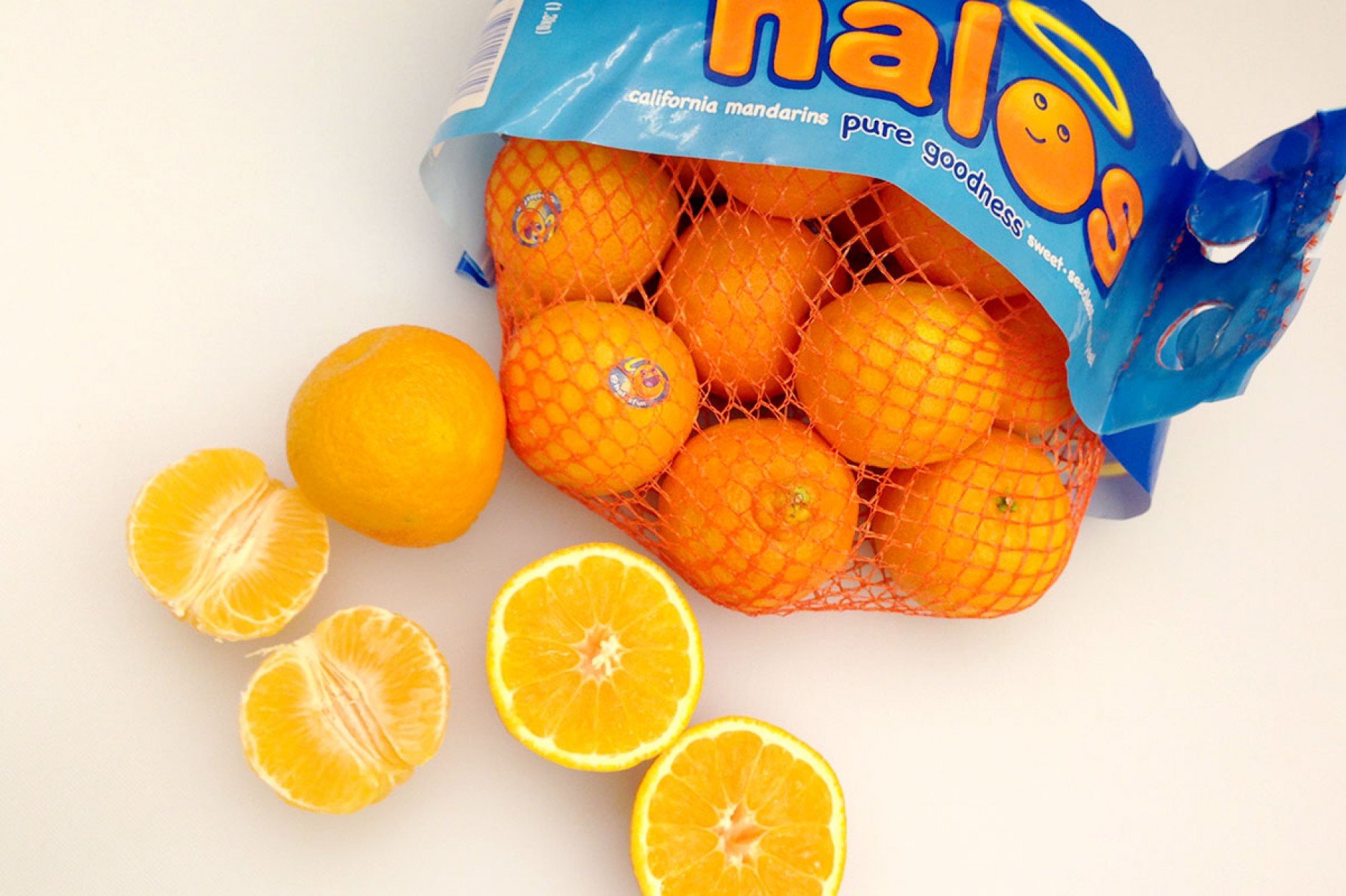

In fact, the clementine is a cross between the mandarin ( Citrus reticulata) and the bitter orange ( Citrus x aurantium). However, it was first discovered to be a separate species in 1902 by the Algerian monk Frère Clément, to whom the clementine owes its name. It was likely first cultivated in ancient China. The origin of the clementine, however, is less certain. Its name suggests that it was primarily a fruit of the rich, as high-ranking state officials were known as mandarins in China between the 13th and 19th centuries. Although it has only been known in Europe for about two centuries, it has been cultivated in China for thousands of years. The mandarin is one of the world’s oldest cultivated plants. What do mandarins and clementines have in common?.

Clementine vs mandarin: overview of the 6 differences.The variety was never as big a commercial success in Japan as it is in South Africa.

The variety, which was registered in the 1960s, was developed in Japan from the Miyagawa Wase satsuma. This early maturing variety accounted for over 75% of the total area under production in 2017. While a range of varieties is planted, the most widely planted variety was Miho Wase. In 2017, satsumas accounted for roughly 9% of the total area under soft citrus. Satsumas are thought to have originated in China, but take their name from a place in South West of Japan, where they were first reported 700 years ago. In South Africa, they are also known as naartjies. They are sometimes slightly necked, hardly have any seeds and have segments that are easy to separate. Satsumas bear small to medium-sized fruit that are shaped like a flattened sphere. The fruit is harvested from April to June.Įsbal, which was the second most popular variety, accounted for 7% of the plantings. The variety was discovered in 1953 near the town of Nules in Spain. Many different varieties are planted, but production is dominated by Nules, which accounted for over 73% of the total area under production. In 2017, clementine represented roughly 17% of the total area planted under soft citrus in South Africa. But another theory took hold later, that the citrus has of oriental origins, as it is almost identical to Canton mandarin grown across China. Initially, it was thought that the mutation was discovered by a French missionary, Clément Rodier, in a garden of an orphanage in Algeria. ©Louise BrodieNules represent more than 70% of the total area under clementines.Ĭlementines are thought to have developed out of an accidental hybrid composed of mandarin seedlings. It is moderately seedy to seedless and harvested from May to June. Nova is a hybrid that developed out of clementine mandarin and olando tangelo. The fruit is harvested from mid-June to mid-August. The best South African Nardorcott fruit is sold under the ClemenGold® brand. The variety is under plant breeders rights, with the Nardorcott Protection Company in Morocco managing cultivar rights in the Northern Hemisphere and Citrogold in South Africa managing it in the Southern Hemisphere. This variety is in high demand because it is virtually seedless, with an outstanding eating quality and high sugars combined with intense flavour. The growers realised that the seedlings had lost their seeded character when they were not pollinated. Nardocott developed more than forty years ago out of Murcott seedlings at an experimental station in Morocco. Nova accounted for 19% and Tango represented about 12% of the total area under production. While a large range of mandarin varieties is planted, Nardorcott was the most widely planted, at roughly 37% of all the plantings. In 2017, mandarins were the most planted soft citrus, it accounted for nearly 75% of the total area under production. From there the citrus made its way to China, and from there to Europe and North Africa. Mandarins, however, are believed to have descended from wild oranges that grew in northeast India more than 3 000 years ago. Mandarins refer to soft citrus thought to have developed in southwest China, whereas tangerines are thought to have developed in Tangiers, a city in Morocco. The difference in name lies in the place the fruit was thought to have originated from. Mandarins and tangerines are technically the same fruit.

The choice of variety is determined by market demand and the suitability of the variety to the production conditions on a farm. This can roughly be divided into three groups: mandarins, clementines, and satsumas. ©Louise BrodieMandarins are the biggest soft citrus category.Ī wide range of soft citrus varieties is planted in South Africa.


 0 kommentar(er)
0 kommentar(er)
